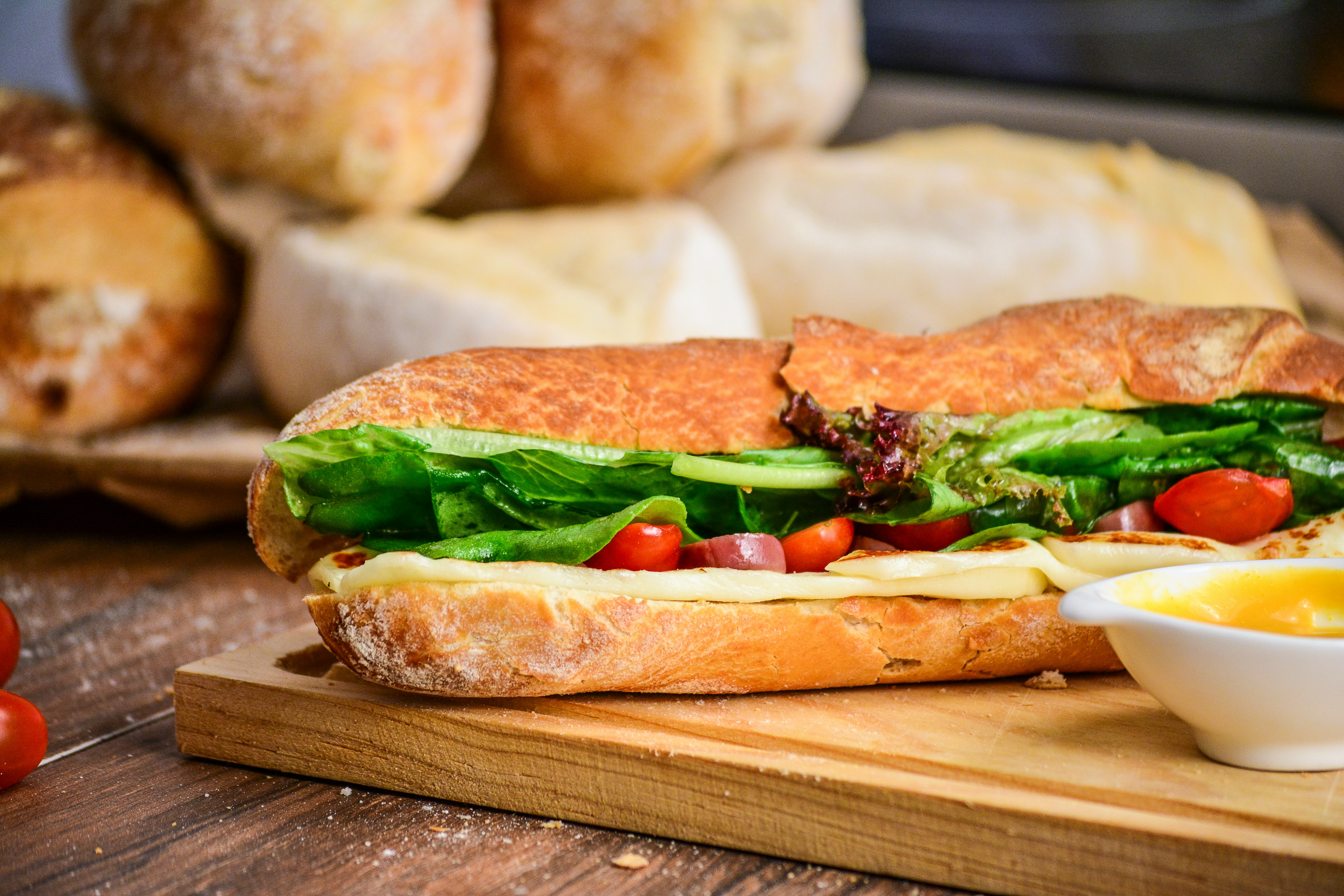
Does Subway Have Gluten-Free Bread? The Complete 2025 Guide for Celiac and Gluten-Sensitive Diners
March 18, 2025
Essential Base for All Your Baking Needs
Gluten-free flours are ground from grains, nuts, seeds, or legumes that naturally contain no gluten, providing safe alternatives for baking and cooking.
These flours range from single-ingredient options (like almond or coconut flour) to complex blends designed to mimic the properties of wheat flour in recipes.
Modern gluten-free flour technology allows for everything from light pastries to hearty breads, with specialized blends available for different baking applications.
It depends on the flour. Some commercial blends are designed for 1:1 substitution, but others require recipe adjustments. Always check packaging instructions or use recipes specifically developed for that flour type.
Most gluten-free flours (especially nut-based) should be refrigerated or frozen in airtight containers to prevent rancidity. Grain-based flours can be stored in cool, dark pantries for 3-6 months.
Nutrition varies: almond flour is high in protein and healthy fats, coconut flour is fiber-rich, while buckwheat and teff provide essential minerals. Choose based on your dietary needs and recipe requirements.
Different flours provide various properties - some add structure (rice flour), others moisture (tapioca), and some elasticity (xanthan gum). Blending creates balanced texture and flavor similar to wheat flour.
Subscribe to our newsletter and get the latest recipes, tips, and gluten-free resources delivered directly to your inbox.